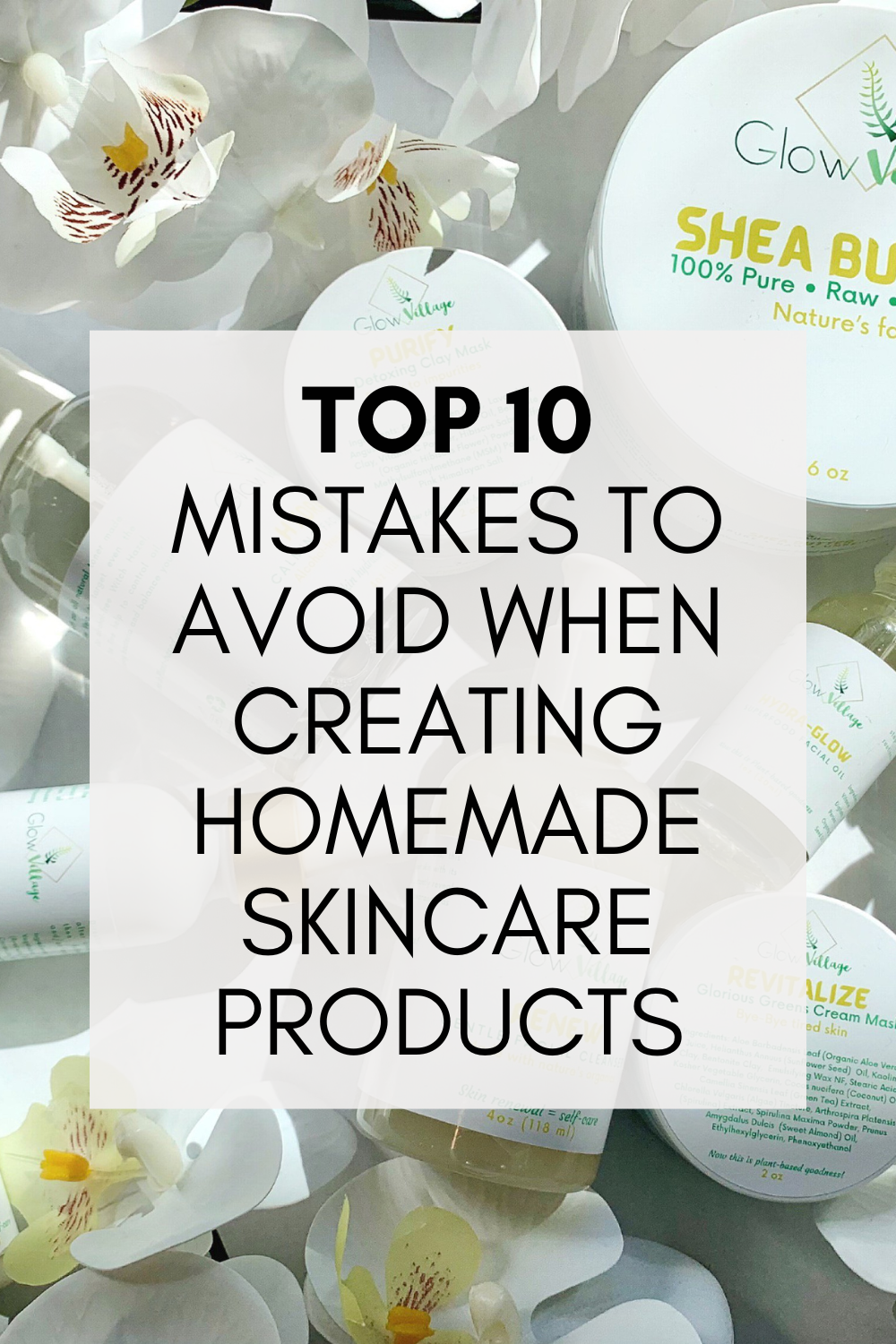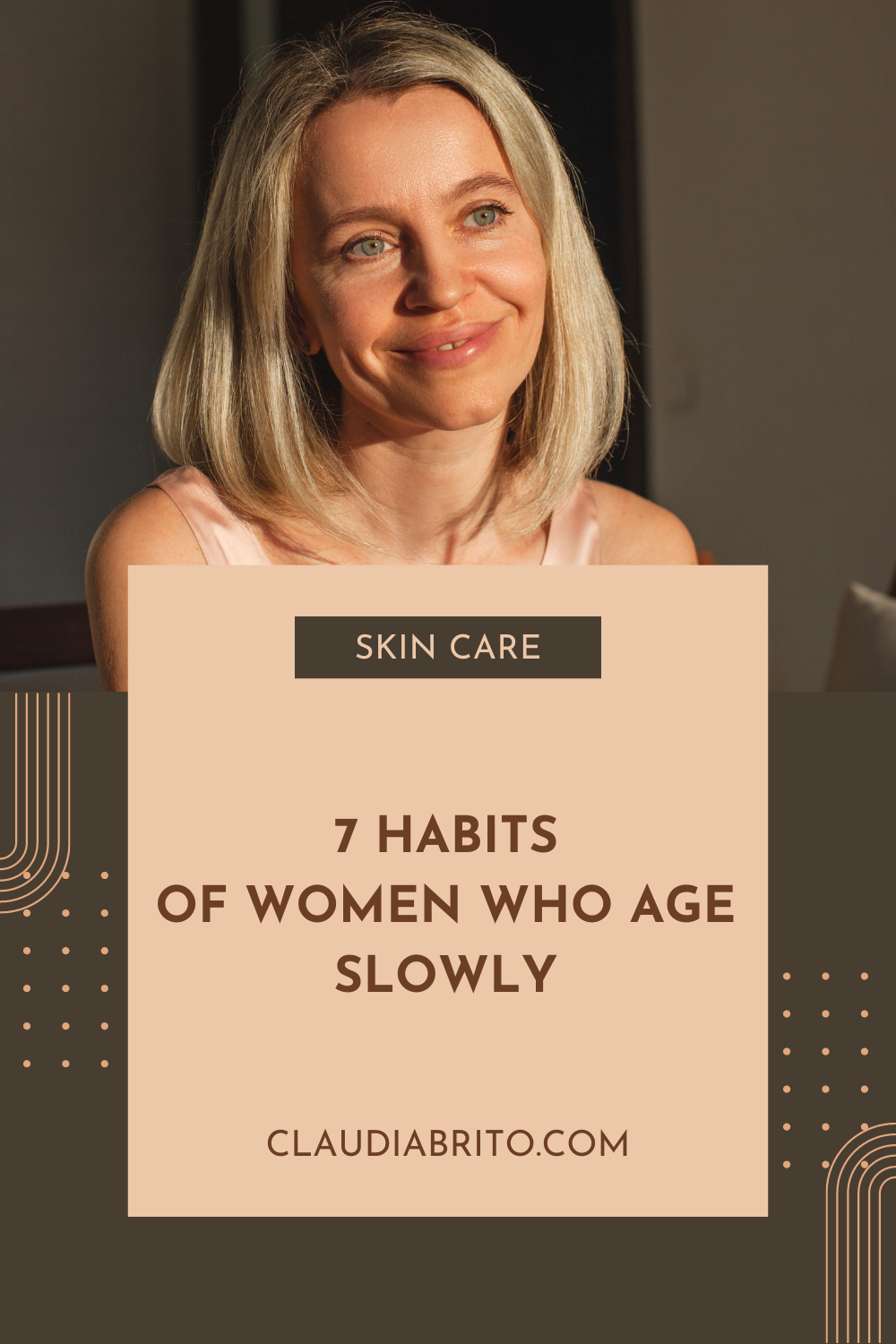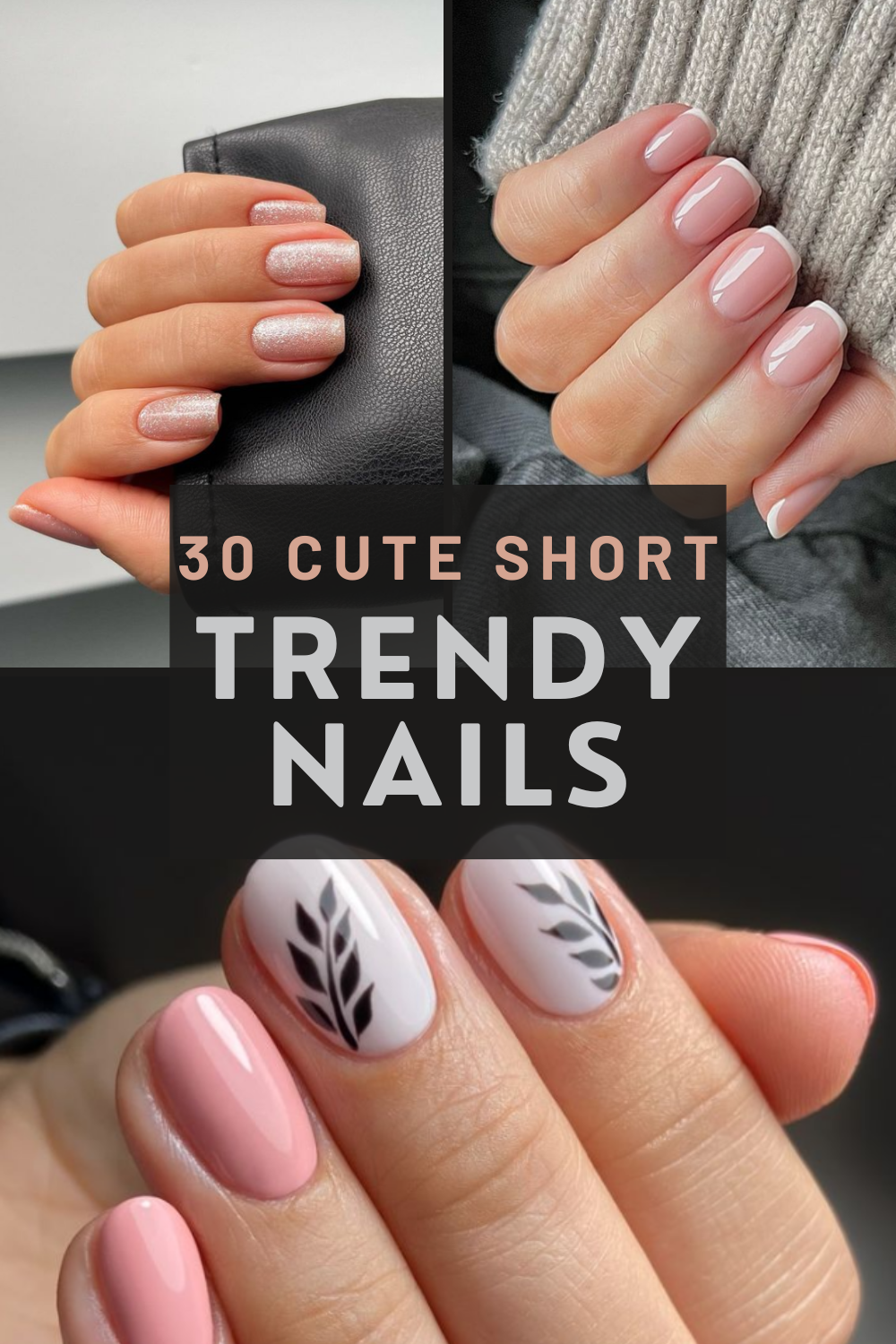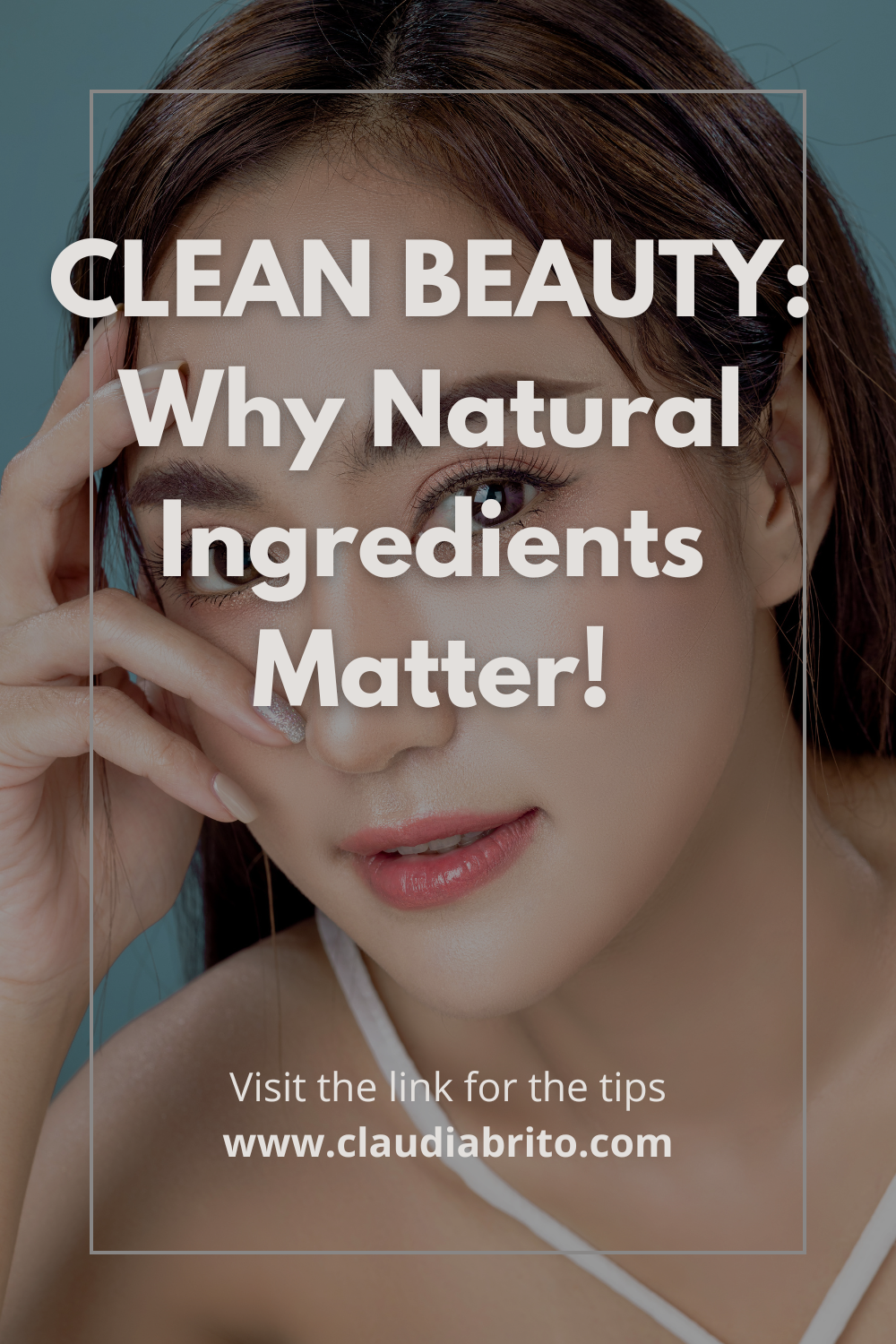Creating homemade skincare products can be a rewarding and beneficial endeavor. However, it also comes with its own set of challenges and common mistakes. Understanding these pitfalls can help you avoid them and make the most out of your DIY skincare journey. Here are the most common mistakes people make when creating homemade skincare products and how to avoid them.

1. Following Unverified Recipes
One of the most common mistakes is following unverified recipes from bloggers or social media without proper research or understanding of skincare formulation. Many recipes found online may not be scientifically sound or safe for your skin.
Solution:
- Research Thoroughly: Always cross-check recipes from multiple reputable sources.
- Consult Experts: If possible, consult with a dermatologist or a certified skincare formulator.
- Use Trusted Resources: Utilize books, courses, and websites from recognized experts in skincare formulation.
2. Using Incorrect or Ineffective Ingredients
Using the wrong ingredients or ineffective substitutes can lead to poor results or even skin irritation. For example, using beeswax as an emulsifying agent when it is not actually an emulsifier.
Solution:
- Understand Ingredients: Learn about the properties and functions of each ingredient you plan to use.
- Use Proper Emulsifiers: Ensure you are using the correct emulsifiers and preservatives in your formulations.
- Ingredient Substitution: If you need to substitute an ingredient, make sure the substitute has similar properties and efficacy.
Here is a few DIY Skin Treatments you can see.
3. Not Using Preservatives in Water-Based Products
Water-based products are prone to bacterial growth and spoilage if not preserved properly. Many DIY enthusiasts avoid preservatives, thinking they are harmful, but this can lead to unsafe products.
Solution:
- Use Natural Preservatives: There are natural preservatives available that can safely extend the shelf life of your products.
- Educate Yourself: Learn about the importance of preservatives and how to use them correctly.
- Follow Guidelines: Adhere to recommended usage rates and guidelines for preservatives.
4. Adding Essential Oils Without Proper Safety Guidelines
Essential oils are potent and can cause skin irritation or allergic reactions if not used correctly. Overuse or incorrect dilution can be harmful.
Solution:
- Dilute Properly: Always dilute essential oils according to safety guidelines.
- Patch Test: Conduct a patch test before using a product with essential oils on your face or body.
- Use Sparingly: Less is often more when it comes to essential oils. Use them sparingly and with caution.
5. Storing Products Containing Essential Oils in Plastic Containers
Essential oils can react with plastic, causing contamination and degradation of the product.
Solution:
- Use Glass Containers: Store products containing essential oils in glass containers to prevent chemical reactions.
- Check Compatibility: Ensure that the containers you use are compatible with the ingredients in your formulations.
6. Using Potentially Harmful Ingredients
Some homemade skincare recipes call for ingredients like fresh lemon juice, toothpaste, or baking soda, which can cause irritation, dryness, or other adverse effects.
Solution:
- Avoid Harsh Ingredients: Avoid using harsh or potentially irritating ingredients in your formulations.
- Research Alternatives: Look for gentler, skin-friendly alternatives that provide similar benefits without the risks.
7. Creating Overly Complex Formulations
The “kitchen sink” approach, where too many ingredients are used in a single product, can make it difficult to identify effective or problematic components.
Solution:
- Keep It Simple: Start with simple formulations and gradually add ingredients as you become more experienced.
- Focus on Key Ingredients: Identify the key ingredients that provide the desired benefits and focus on those.
8. Not Understanding Individual Skin Types and Needs
Using a one-size-fits-all approach can lead to ineffective or even harmful products. Different skin types have different needs and react differently to various ingredients.
Solution:
- Know Your Skin Type: Understand your skin type and its specific needs before creating products.
- Customize Formulations: Tailor your formulations to address your skin’s unique requirements.
9. Assuming All Natural Ingredients Are Safe
Just because an ingredient is natural doesn’t mean it’s safe for everyone. Natural ingredients can still cause allergic reactions or irritation.
Solution:
- Patch Test: Always perform a patch test with new ingredients or products.
- Research Allergens: Be aware of common allergens and avoid them if you have known sensitivities.
10. Focusing Only on Facial Products
Many DIY enthusiasts focus solely on facial products and neglect the rest of the body. Skincare should be holistic, addressing the needs of the entire body.
Solution:
- Expand Your Routine: Include products for the body, hands, feet, and hair in your skincare routine.
- Holistic Approach: Take a holistic approach to skincare, ensuring all areas of your skin are cared for.
Additional Tips for Successful Homemade Skincare
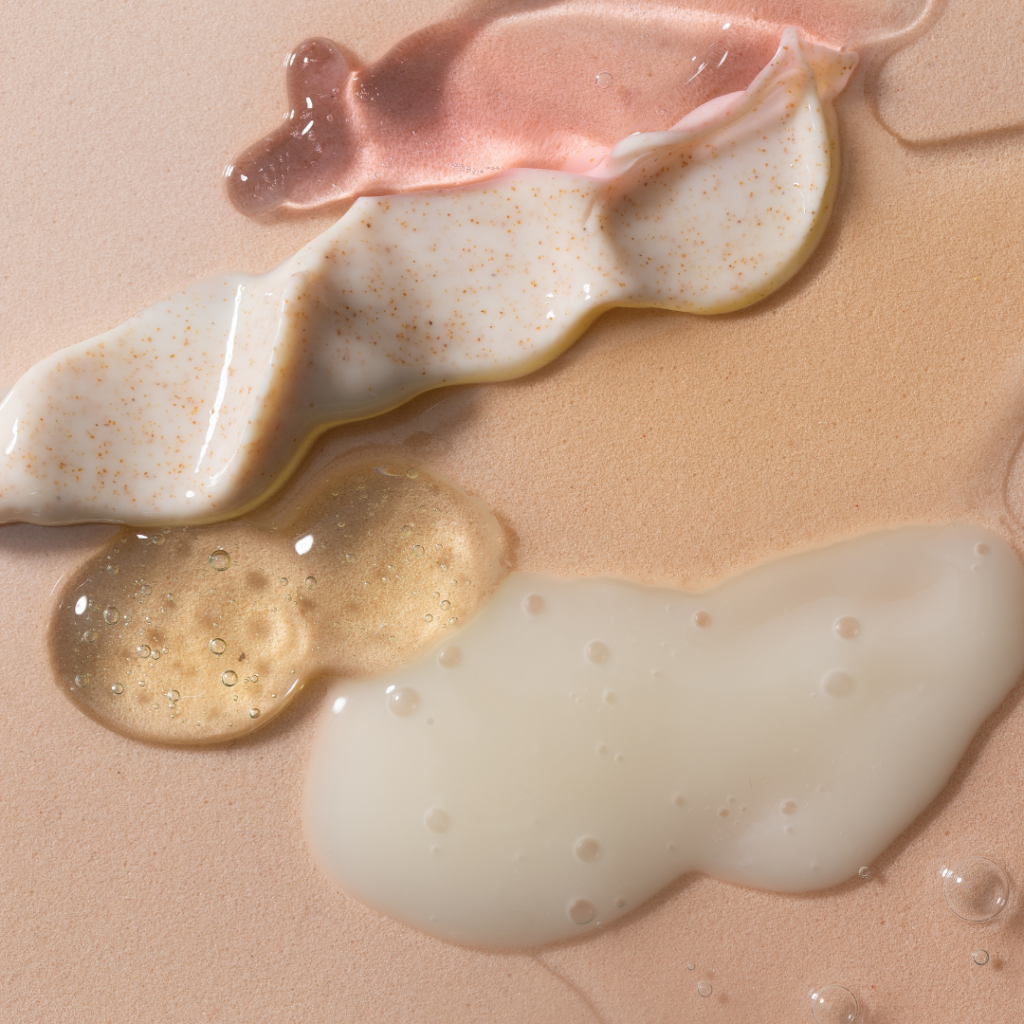
Measure and Adapt pH
The pH level of your skincare products is crucial for maintaining the skin’s natural barrier and preventing irritation.
- Use pH Strips: Regularly measure the pH of your products using pH strips.
- Adjust pH: Use ingredients like citric acid or baking soda to adjust the pH to a skin-friendly level.
Use Proper Weighing Scales
Accurate measurements are essential for consistent and effective formulations.
- Invest in a Scale: Use a digital scale to measure ingredients by weight rather than volume.
- Follow Recipes: Adhere to precise measurements as specified in recipes.
Proper Storage
Storing your products correctly can extend their shelf life and maintain their efficacy.
- Cool, Dry Place: Store products in a cool, dry place away from direct sunlight.
- Refrigeration: Consider refrigerating products that are prone to spoilage.
- Seal Containers: Ensure containers are tightly sealed to prevent contamination.
Use Proper Utensils
Using the right utensils can prevent contamination and ensure accurate measurements.
- Sterilize Utensils: Sterilize all utensils and containers before use.
- Avoid Cross-Contamination: Use separate utensils for different ingredients to avoid cross-contamination.
Understand Cosmetic Regulations
If you plan to sell your homemade skincare products, it’s essential to understand and comply with cosmetic regulations.
- Research Regulations: Familiarize yourself with local and international cosmetic regulations.
- Labeling Requirements: Ensure your products are labeled correctly with ingredient lists and safety information.
Sustainability
Consider the environmental impact of your ingredients and packaging.
- Sustainable Sourcing: Choose sustainably sourced ingredients whenever possible.
- Eco-Friendly Packaging: Use eco-friendly packaging options that can be reused or recycled.
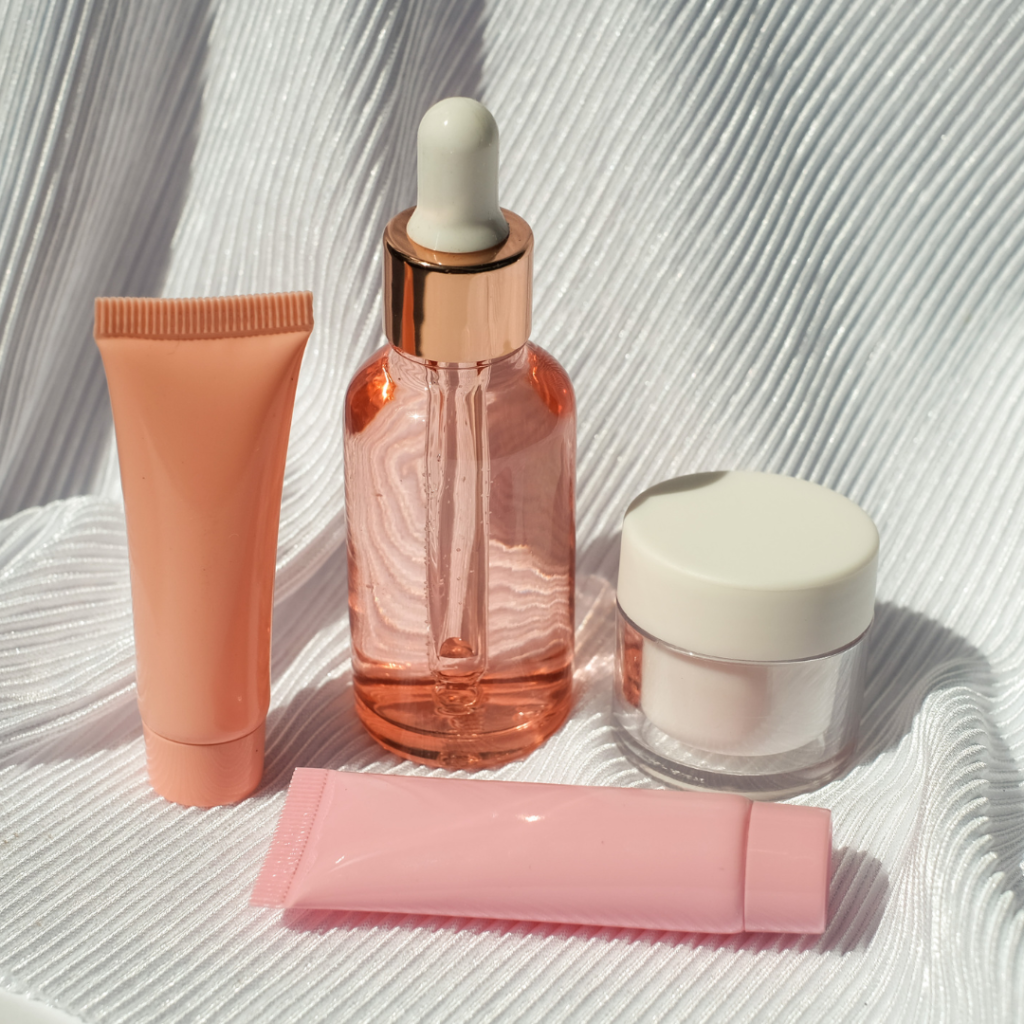
Conclusion
Creating homemade skincare products can be a fulfilling and beneficial practice, but it requires careful consideration and knowledge. By avoiding common mistakes and following best practices, you can create safe, effective, and enjoyable skincare products tailored to your unique needs. Remember to research thoroughly, use proper ingredients and measurements, and always prioritize safety. With these guidelines in mind, you can embark on your DIY skincare journey with confidence and success.
YOU MIGHT ALSO LIKE
How To Glow Up Mentally: 25 Ways To Transform Your Mindset
Everyone speaks about the summer glow-up, however, I don’t hear many people speaking about our mental glow-up, which in my opinion is the most important! We should bring…
4 min read
20 Graduation Hairstyles You Should Try
1. Simple Graduation Hairstyle 2. Slick Hair At The Front 3. Graduation Hairstyle 4. Braids Into A Ponytail 5. Braids And A Small Ponytail 6. Elegant Ponytail Braid…
4 min read
7 Habits Of Women Who Age Slowly
Aging is an inevitable part of life, but some women seem to defy the hands of time, maintaining their youthful glow and vitality well into their late years.…
4 min read
25 Holiday Nails You Need To Try For This Summer
1. Star Holiday Nail For Summer 2. Pink Flower Holiday Nails For Summer 3. Blue Flower Holiday Nails For Summer 4. Pink Flower Holiday Nails For Summer 5.…
4 min read
30 Cute Short Nails For This Summer
1. Simple Leaf Cute Short Nails For Summer 2. Almond Pink Cute Simple Nails For Summer 3. White Simple Cute Nails For Summer 4. White And Black Cute…
4 min read
Clean Beauty: Why Natural Ingredients Matter
Today the topic will be slightly different, and also popping up on your radar too: Clean Beauty. You’ve probably seen the term splashed across Instagram or heard influencers…
4 min read
